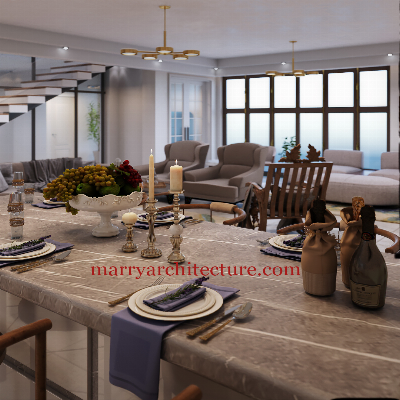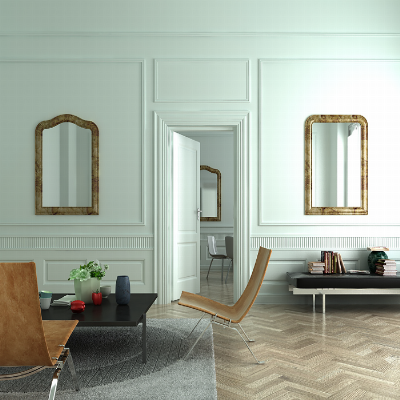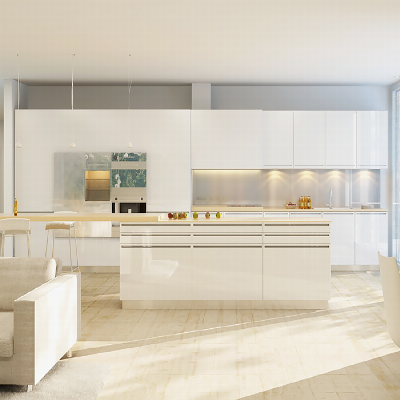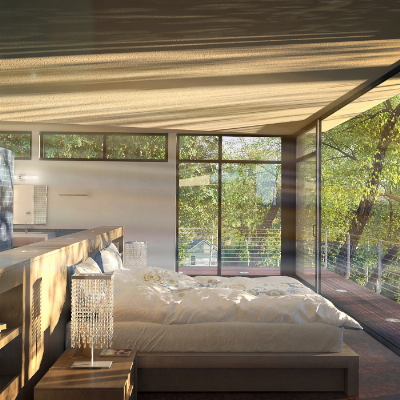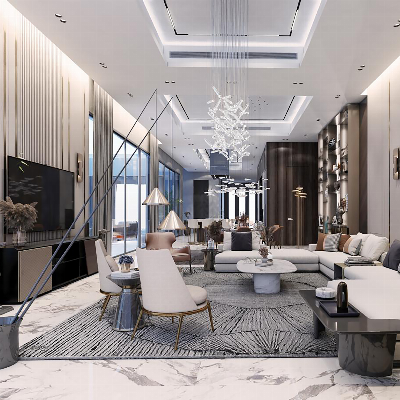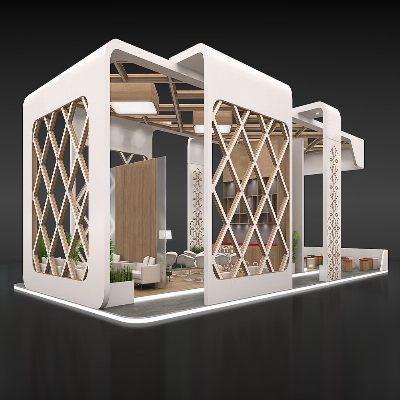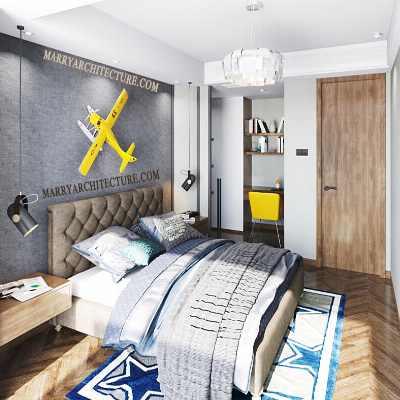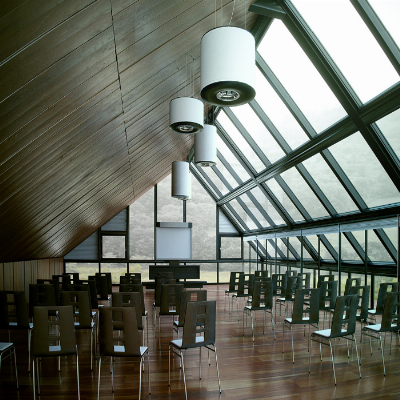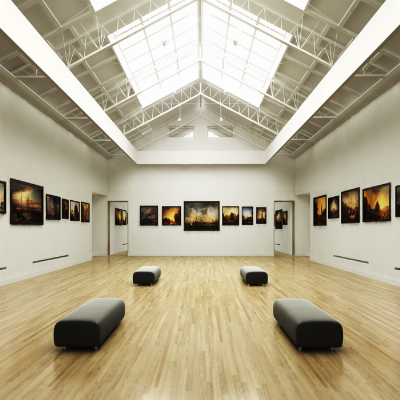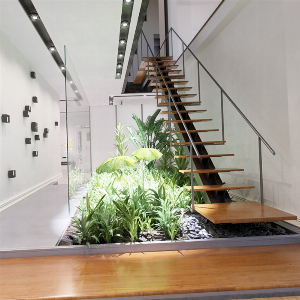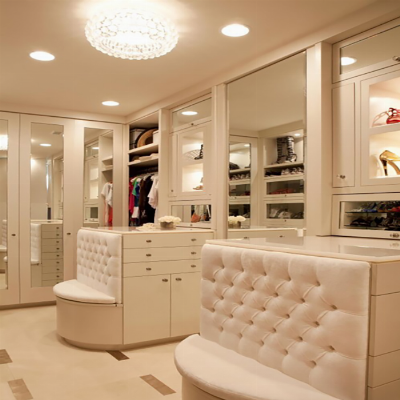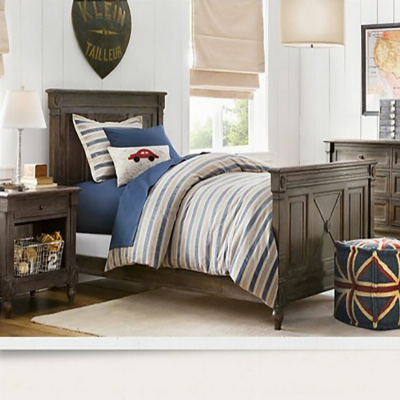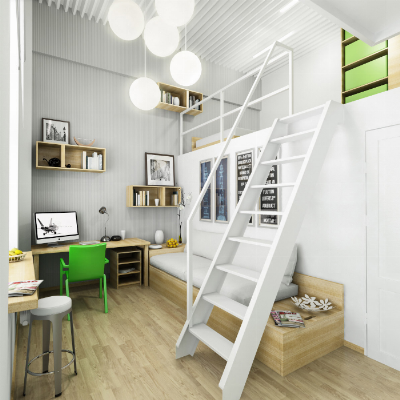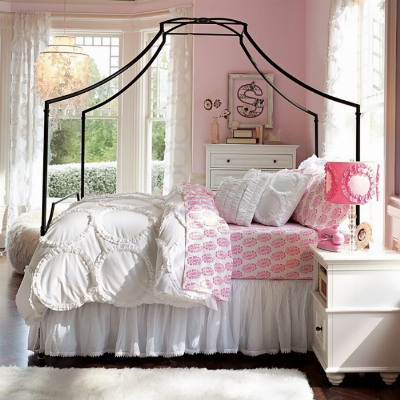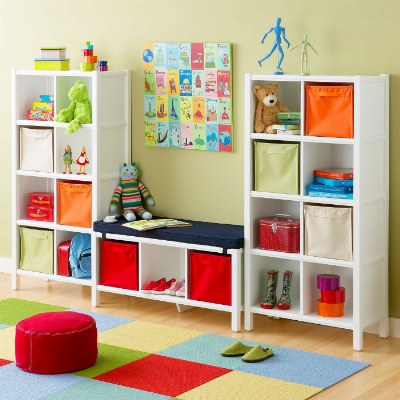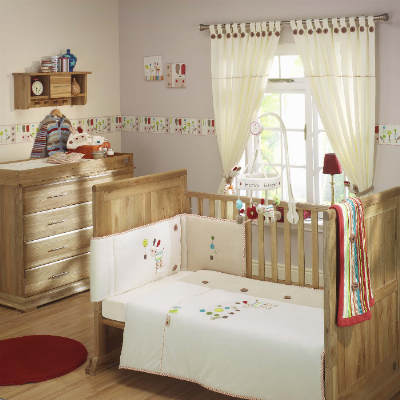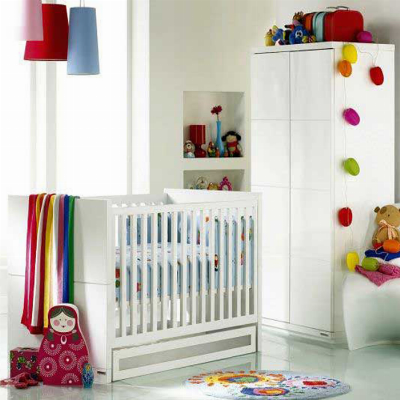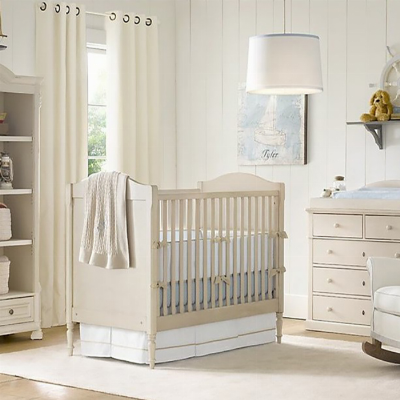Balancing functionality and aesthetics in modern villa design requires a careful consideration of both form and function. Here are some key factors to consider:
-
Functionality: Functionality is critical in villa design, as it directly impacts how the space is used and the comfort level of the occupants. Consider the lifestyle of the inhabitants, the number of rooms needed, the layout, and the orientation of the villa. The functionality should dictate the overall design, ensuring that the villa is practical, easy to use, and comfortable.
-
Aesthetics: Aesthetics are also essential in modern villa design, as it is the visual appeal of the villa that attracts people to it. The villa should be designed in such a way that it has a unique and visually stunning appearance, while also reflecting the personality of the inhabitants. The choice of materials, colors, and textures should be carefully considered to achieve a balance between functionality and aesthetics.
-
Integration: A successful modern villa design will integrate functionality and aesthetics seamlessly. This means that the functional aspects of the villa, such as the layout, orientation, and natural light, should be incorporated into the design in such a way that they enhance the overall aesthetic appeal. For example, a villa with large windows that provide natural light can be both functional and visually appealing.
-
Sustainability: Modern villa design should also prioritize sustainability, as this is an important consideration for many people today. The design should incorporate energy-efficient systems, such as solar panels and energy-efficient lighting, and materials that are environmentally friendly.
-
Collaboration: Finally, balancing functionality and aesthetics requires collaboration between the designer, builder, and the occupants. The designer should work closely with the builder to ensure that the design is practical and easy to build, while the occupants should provide feedback and input to ensure that the villa meets their needs and reflects their personality.
-
lexibility: Modern villa design should be flexible enough to accommodate changing needs and preferences. The layout and design should be adaptable to suit different lifestyles, family sizes, and future requirements. This means that the villa should have multi-functional spaces that can be used for different purposes and easily reconfigured as needed.
-
Context: Modern villa design should also take into account the context in which it is situated. The design should respond to the natural surroundings, the local climate, and the cultural context of the area. For example, a villa situated in a hot and humid climate may incorporate shaded outdoor spaces and natural ventilation systems to increase comfort levels.
-
Technology: The integration of technology is an important consideration in modern villa design. Smart home systems, such as automated lighting, temperature control, and security systems, can enhance the functionality and convenience of the villa while also contributing to its aesthetic appeal.
-
Comfort: Comfort should be a key consideration in modern villa design. The villa should be designed to promote physical and psychological well-being, with an emphasis on natural light, ventilation, and thermal comfort. The choice of materials, colors, and textures should also contribute to a sense of comfort and relaxation.
-
Budget: Finally, balancing functionality and aesthetics also requires consideration of the budget. The design should be practical and affordable, while also incorporating high-quality materials and finishes that contribute to the aesthetic appeal of the villa. The designer should work closely with the client to establish a budget and ensure that the design meets their requirements while staying within budget constraints.
-
Accessibility: Modern villa design should be accessible to everyone, regardless of their physical abilities. The design should incorporate features such as ramps, wider doorways, and accessible bathrooms to ensure that the villa is easy to use and navigate for people with disabilities or mobility issues.
-
Privacy: Privacy is another important consideration in modern villa design. The design should provide adequate privacy for the occupants, while also allowing for natural light and ventilation. The orientation of the villa and the placement of windows and outdoor spaces should be carefully considered to ensure that privacy is maintained.
-
Durability: Modern villa design should prioritize durability and longevity. The choice of materials and finishes should be made with durability in mind, to ensure that the villa is able to withstand the test of time and require minimal maintenance.
-
Collaboration with landscape design: The integration of landscape design is an important consideration in modern villa design. The landscape design should complement the overall design of the villa, while also providing opportunities for outdoor living and recreation. The choice of plants, trees, and outdoor materials should be carefully considered to ensure that they enhance the overall aesthetic appeal of the villa.
-
Safety: Finally, modern villa design should prioritize safety. The design should incorporate features such as fire-resistant materials, smoke detectors, and emergency lighting to ensure that the occupants are safe in the event of an emergency. The villa should also be designed to be structurally sound and able to withstand extreme weather conditions.
-
Integration of natural elements: Modern villa design should also integrate natural elements such as water, light, and vegetation. Water features such as swimming pools or fountains can create a relaxing and soothing atmosphere, while natural light can enhance the visual appeal of the villa and promote well-being. Vegetation and greenery can provide a connection to nature, as well as improve air quality and reduce heat gain.
-
Emphasis on functionality: While aesthetics are important, modern villa design should prioritize functionality. The design should be centered around the needs of the occupants, with practical and functional spaces that are easy to use and navigate. The layout and flow of the villa should be intuitive and efficient, with a focus on creating comfortable and livable spaces.
-
Sustainable materials and construction methods: Modern villa design should incorporate sustainable materials and construction methods to minimize the environmental impact of the project. This includes the use of recycled or eco-friendly materials, as well as the implementation of energy-efficient systems such as solar panels or geothermal heating and cooling.
-
Timelessness: Modern villa design should aim for timelessness, rather than following fleeting design trends. The design should be enduring and able to withstand changing tastes and preferences, while still remaining relevant and visually appealing.
-
Cultural sensitivity: Finally, modern villa design should be culturally sensitive, particularly in areas with diverse populations. The design should take into account the cultural norms and preferences of the community, while also providing a unique and visually stunning architectural statement. The designer should work closely with local communities to ensure that the design reflects the cultural identity of the area.
-
Maximizing natural light: Modern villa design should maximize the use of natural light to reduce the reliance on artificial lighting and enhance the overall aesthetic of the villa. The design should incorporate features such as skylights, large windows, and open floor plans to allow natural light to penetrate deep into the interior spaces. This also helps to improve the indoor air quality and overall well-being of the occupants.
-
Integration of art and culture: Modern villa design can also incorporate art and culture into the design to create a unique and personalized space. This can include the use of local art and craft, as well as custom-designed features such as sculptures or murals.
-
Multi-functional spaces: Modern villa design should incorporate multi-functional spaces to maximize the use of the available square footage. This can include flexible living areas that can be used for both formal and informal gatherings, as well as multipurpose rooms that can be used for a variety of activities.
-
Minimalism: Modern villa design often embraces a minimalist aesthetic, with a focus on clean lines, simple forms, and a limited color palette. This can help to create a sense of spaciousness and tranquility, while also emphasizing the overall architectural design of the villa.
-
Personalization: Finally, modern villa design should be personalized to the needs and preferences of the individual clients. The design should reflect their unique tastes and lifestyle, while also incorporating practical and functional features that enhance the livability of the villa. The designer should work closely with the clients to ensure that the design meets their requirements and exceeds their expectations.
-
Smart home technology: Modern villa design should also incorporate smart home technology to enhance the functionality and efficiency of the villa. This can include features such as automated lighting, temperature control, and security systems that can be controlled remotely through a smartphone or other device.
-
Attention to detail: Modern villa design should pay attention to every detail, no matter how small. The designer should carefully consider every aspect of the design, from the choice of materials to the placement of furniture, to create a cohesive and harmonious space.
-
Integration of indoor and outdoor spaces: Modern villa design should also integrate indoor and outdoor spaces to create a seamless transition between the two. This can include the use of large sliding doors or walls of glass that can be opened to create an expansive living area that extends into the outdoor spaces.
-
Focus on sustainability: Modern villa design should prioritize sustainability and environmental responsibility. The design should incorporate features such as rainwater harvesting, graywater recycling, and renewable energy sources to minimize the carbon footprint of the villa.
-
Long-term maintenance: Finally, modern villa design should take into account the long-term maintenance needs of the villa. The design should prioritize low-maintenance materials and finishes that require minimal upkeep, to ensure that the villa remains in top condition for years to come.

